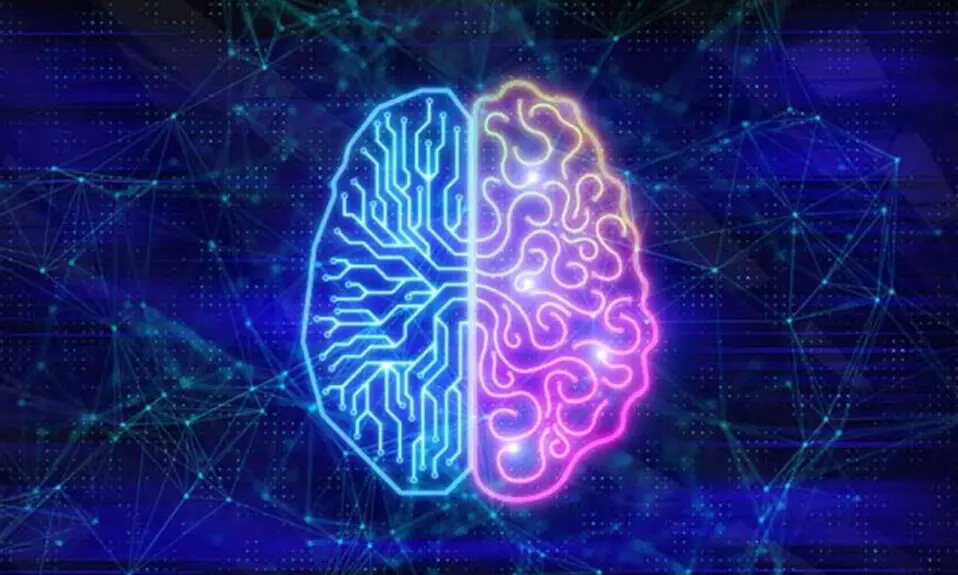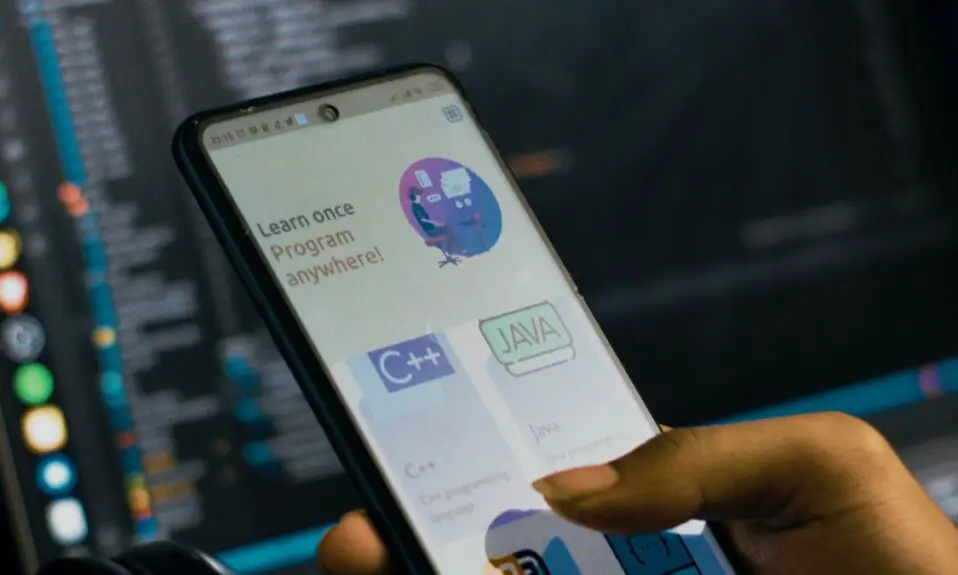
Reinforcement learning has become one of the hottest topics to discuss over the past few years. By definition, reinforcement learning is the training of machine learning models to make a sequence of decisions. One can also describe it as a goal-oriented algorithm.
As it is directly related to topics like artificial intelligence and machine learning, we have decided to make this article with a detailed explanation regarding reinforcement learning.
What is Reinforcement Learning?
Reinforcement learning is a kind of ML in which the learning process occurs through the trial and error method. This technique provides an interactive environment and allows the agent to learn from its own experiences and actions.
As we all know, both supervised and reinforcement learning use the mapping between inputs and outputs. However, the distinguishing factor is that this type of learning does not offer the correct set of actions to perform a certain task.
It uses the rewards and punishment method instead. One can use the rewards as signals for positive behavior and punishment for negative ones.
The main aim of the system is to maximize the total reward, which represents more learning. The job of the designer is to set the reward policy by providing the models with hints or suggestions, which makes it a little easier. Still, the model has to work to fulfill the task and maximize the reward.
Reinforcement Learning vs Unsupervised Learning
When we compare it with unsupervised learning, reinforcement learning has different goals. Unsupervised learning focuses on finding similarities and differences between data points, whereas reinforcement learning tries to find suitable action models to maximize the total cumulative reward.
Now, before we progress with the topic, let’s quickly see some practical examples of the application of reinforcement learning.
Applications of Reinforcement Learning
Reinforcement learning requires a lot of data, so its application is fruitful in domains like gameplay and robotics, where simulated data is readily available. Artificial intelligence uses reinforcement learning widely to develop computer games; AlphaGo Zero, ATARI games, and Backgammon are classic examples of this.
It finds implementation in robotics and industrial automation, used to create robots with adaptive control systems. These robots learn from their behavior and experiences. DeepMind’s work is an example of deep reinforcement learning applied to robots.
Other applications include text summarization engines and dialogue agents capable of learning from interactive actions with the user, improving over time. They also find uses in healthcare to learn new treatment protocols and update existing ones, as well as in the stock market.
Reinforcement Learning Workflow
The general workflow to train an agent with reinforcement learning requires the completion of the following steps.
1. Creation of Environment
This is the first step of learning with RI. You need to define a certain environment in which the agent will operate. You should also set the interface between the agent and the environment.
The environment can be a simulation model, which is regarded as the best one as it is safer as well as good for the experiment. There is also the option of a real physical model system.
2. Set a Definition of Reward
After the choice of environment, it is the second step. You need to specify the reward signal that the agent uses to calculate its progress to achieve its goal. This step is the most important one as this step determines the success of the whole process of reinforcement learning.
3. Create the Agent
Now you have to create the agent who has the policy and the training algorithm. To fulfill this step, you need to choose the policy and select the appropriate training algorithm.
Generally, most of the modern algorithms depend on neural networks. They are good candidates for large action spaces and complex problems.
4. Train and Validate the Agent
You have to train the agent to tune the policy. Setting up training options, and mentioning training policies clearly at the end of the training are the parts of training. The process of training can range from one minute to one month, sometimes even more.
It depends completely upon the application. If the application is complex, you should consider parallel training on multiple CPUs, GPUs, and computer clusters to speed up the learning.
5. Set the Policy
Setting up the training policy is a must-take step for reinforcement learning. Consider the policy as the decision-making system.
This is an important part of training and should be completed before the progression of training. The decision taken in the later stage can make you return to an earlier stage of learning workflow.
Challenges with Reinforcement Learning
The first and the most critical challenge with this type of learning is the preparation of the simulation environment. This depends highly on the task to be performed. When the model is made for video games, the environment is relatively simple.
But when the model has to perform tasks like the driving of an autonomous car, the building of the simulator environment is very critical.
Another challenge is creating the agent. The agent plays a very important part in the whole process. Sometimes you may see that the agent is optimizing the reward without performing the task. Developers must take care of this matter.
Is Reinforcement Learning the Future of Machine Learning?
We know that reinforcement learning and ML are interconnected to each other. Does a question arise that reinforcement learning is going to take over the market?
Here we would like to tell you that no, it is not capable of taking over the whole market. There are some criteria where machine learning is the only way, like when we seek a way to optimize speed or efficiency.









